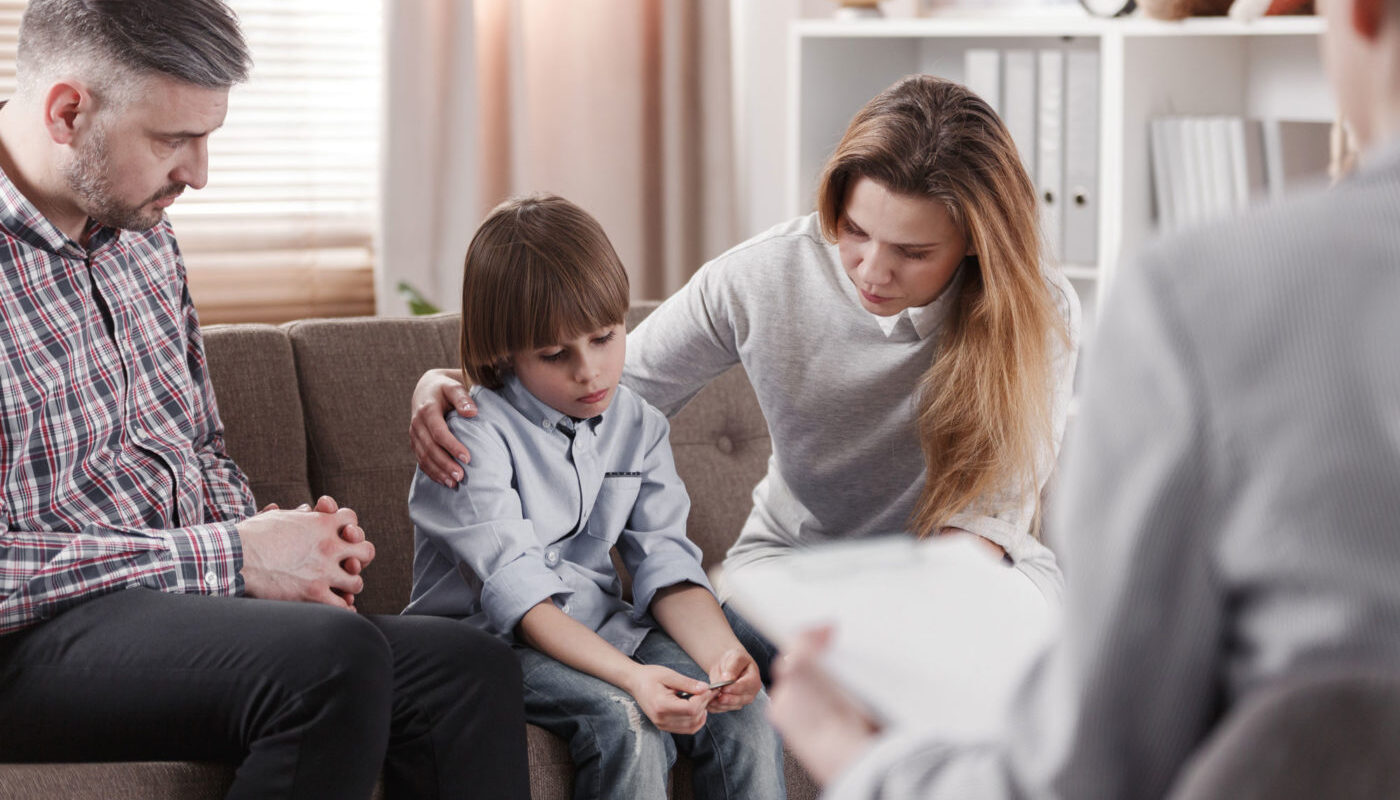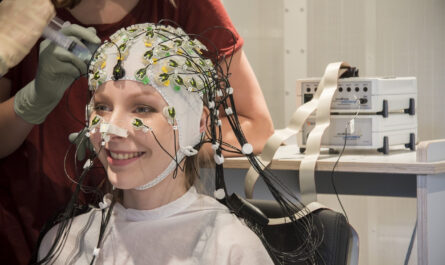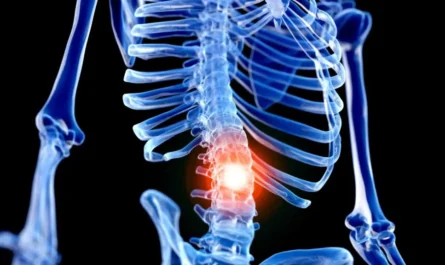Firearm injuries among children and adolescents in the United States have been on a significant rise, leading to a profound impact on their mental and behavioral health as well as their families, according to researchers from Massachusetts General Hospital (MGH) and Harvard Medical School (HMS). In a study published in Health Affairs, the researchers highlighted the need for improvement in clinical practice for survivors of gun violence and their family members, including better screening for mental and behavioral health needs and enhanced educational programs for clinicians.
The study focused on the mental and emotional toll on victims and their families, shedding light on the challenges they face in recovery and the subsequent strain on their loved ones. In particular, parents and siblings often prioritize the acute health needs of their injured family member, neglecting their own routine healthcare. To address these issues, the researchers emphasized the importance of trauma-informed healthcare systems that recognize and address the needs of those indirectly affected by firearm injuries.
The study revealed alarming statistics, showing that since 2020, more children and adolescents in the US have died from firearms than any other cause, marking an 87% increase from a decade ago. Additionally, a significant number of youth are shot and survive each year. However, studies investigating the impact of firearm injuries on survivors and their families, particularly children, have been limited.
Through an observational study, MGH researchers, in collaboration with HMS and the Boston Health Care for the Homeless program, compared 2,052 child and adolescent survivors of firearm injuries and 6,209 of their family members to control groups without such injuries. The findings showed that one year after the injuries, survivors experienced a substantial increase in pain disorders, psychiatric disorders, and substance use disorders compared to the control group. Similarly, parents of survivors also exhibited an increase in psychiatric disorders, with mothers making more mental health visits. Family members of children who died from gunshots experienced even higher rates of psychiatric disorders and mental health visits.
From an economic standpoint, the study revealed a significant increase in healthcare spending by survivors in the first year after firearm injuries, amounting to an average of $34,884, with most of the costs covered by insurers or employers. This underscores how firearm injuries not only affect individual families but also have a wider impact on the economy and societal resources.
The authors of the study argue that healthcare professionals need to take a more comprehensive approach to addressing firearm injuries, including screening for mental and behavioral health conditions not just in victims but also in their extended family and friends. By engaging in culturally informed discussions, healthcare providers can identify and address gaps in care, ultimately aiding in the healing process for all those affected.
This study further highlights the urgent need to address the escalating issue of firearm injuries among children and adolescents in the United States, not only from a physical health perspective but also from a mental and behavioral health standpoint. The findings emphasize the importance of improved clinical practices and trauma-informed healthcare systems to support survivors and their families in coping with the long-lasting impact of such injuries.
*Note:
1. Source: Coherent Market Insights, Public sources, Desk research
2. We have leveraged AI tools to mine information and compile it



